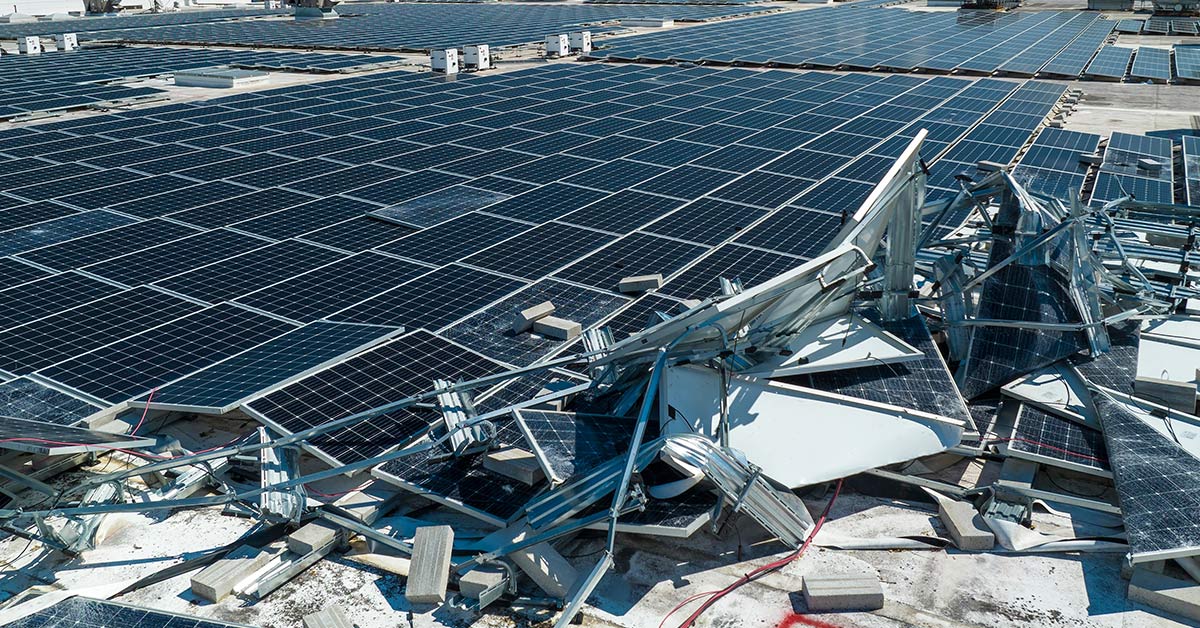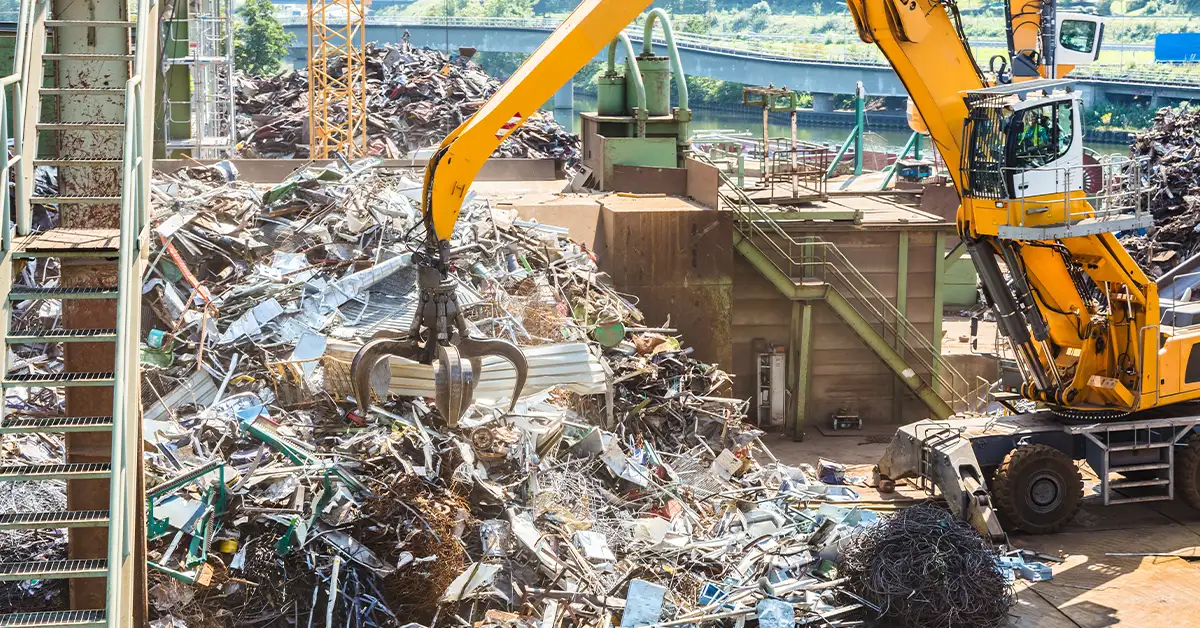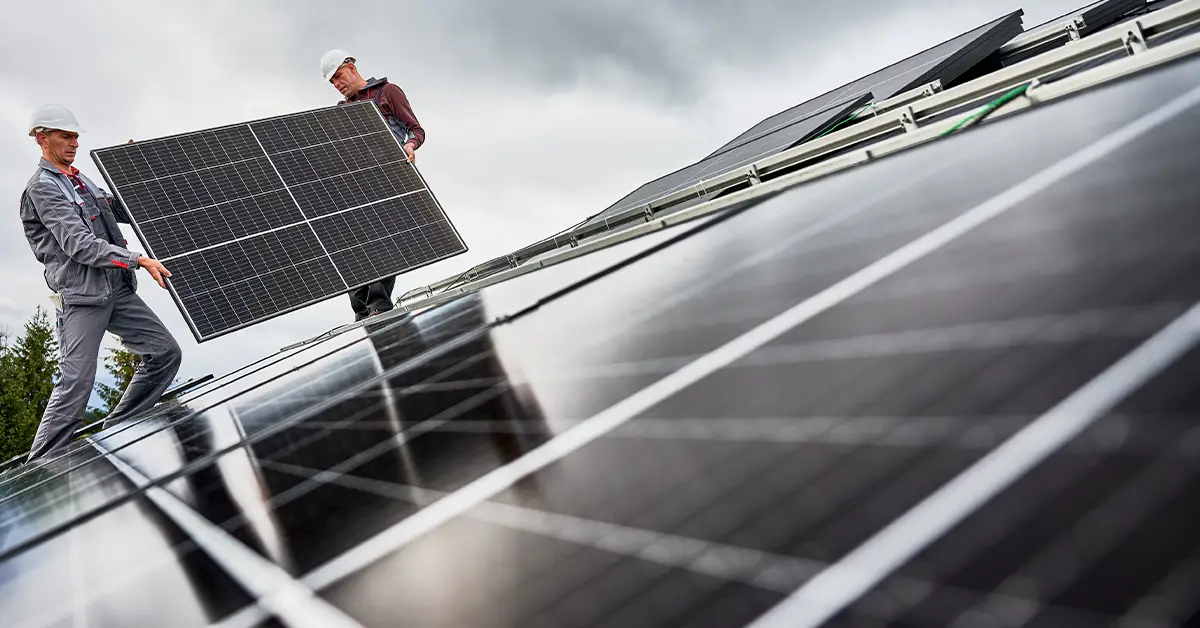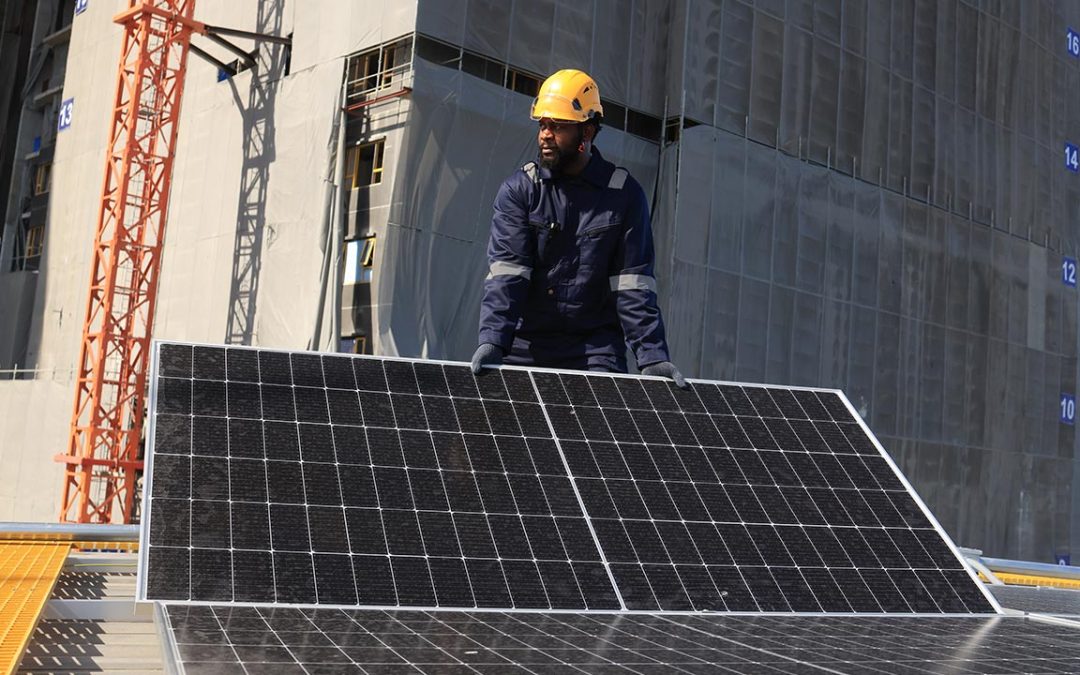The solar industry provides a wealth of benefits to communities across through country through reduced emissions, local economic support, efficient energy production, and low maintenance. However, most solar panels end up in landfills where they leach toxins that damage humans and the environment. For this to truly be considered sustainable energy, the solar industry must embrace a culture of recycling to reduce waste.
The International Renewable Energy Agency predicts that the recyclable materials in old solar panels will be worth $15 billion in recoverable assets by 2050. Considering solar panels have a life cycle of 12-30 years before being upgraded or replaced, there will be a massive opportunity to have an efficient recycling program before this becomes a worldwide problem. Trinity Wiring Solutions is here to guide you through the recycling process for solar panels.
Repurposing Harmful and Rare Elements
Besides the environmental benefits of recycling solar panels, there are also economic benefits. We are rapidly depleting rare elements in solar panel photovoltaic (PV) cells, such as gallium and indium, so recovering these valuable materials would allow for better conservation of the finite source of minerals on earth. Furthermore, heavy metals like cadmium and lead could become hazardous waste without proper disposal or reuse. By reusing the elements in solar panels, we alleviate supply chain constraints and could ultimately lower solar’s overall cost.

What Parts Can Be Recycled?
Can solar panels be recycled? With the right processes, absolutely. Silicon solar modules are primarily composed of glass, plastic, and aluminum, which are already commonly recycled materials. Solar panels are also composed of silicon solar cells, metal framing, and wires, all of which can be recycled. However, advanced machinery is needed to achieve this tedious process.
There are three main methods of recycling solar panels: reuse, mechanical recycling, and chemical recycling. Each has its pros and cons, but all are useful in properly disposing of each part of the panel.
Reuse or Refurbishment
The first solution is simply “reusing” solar panels. It’s an appealing method for PV modules because the products would require very little processing. However, solar panels that have passed their warrantied life cycle tend to produce less energy than when they were new, so this is an ideal solution for young panels. Although there’s still demand for used solar panels, this is not a permanent solution considering there will come a time when the panel simply cannot produce energy anymore.
So, when does this solution work? Small off-grid applications like small homesteads wouldn’t require the most efficient performance and the latest technology to enjoy independent energy solutions. This is also ideal for small solar chargers that may charge up e-bike stations or power electronic signs on the highway. Otherwise, refurbished panels may not produce enough energy for large solar arrays.

Mechanical Recycling
This recycling method involves directly breaking down solar panels into their physical components. In this process, the metal frame and external copper wiring are removed to be fully recycled, and the glass, silicon, wiring, and various metals that remain are ground into a “glass cullet” mixture, which can be used in construction like fiberglass insulation or reflective paint. At times, companies can utilize more mechanical procedures to physically extract the intra-cell wiring and silicon of solar panels.
Chemical/Thermal Recycling
Mechanical recycling has limits in materials extraction, but chemical or thermal recycling is a more exciting process that separates materials at the molecular level. According to the US Department of Energy, about 95% of solar panels are crystalline silicon, which contain PV cells made with silicon semiconductors. These PV cells are encapsulated in layers of ethylene vinyl acetate plastic and bonded to the glass, so it takes a strong chemical process to recover the silver, copper, or silicon within the wafers.
Thermal processing heats the panels to 500 degrees Celsius, which evaporates small plastic components and allows cells to be separated easily. The silicon wafers can be etched away and smelted into reusable slabs, and the minuscule silver wires which conduct electricity through silicon cells in a solar panel can also be separated and extracted.

The Price of Recycling
Although these processes can and already are recycling solar panels, the rate of recycling remains low due to the cost of recycling. Because solar panels are comprised of so many different materials that require specific processing methods, recycling is a complex and expensive process. The National Renewable Energy Laboratory (NREL) found recycling costs $15 to $45 per module, while landfilling costs only $1 to $5 per module, resulting in more solar panels in landfills.
Solar Waste Management Practices
Solar panel recycling is still a new practice, but in Europe, recycling is far more established because manufacturers are also required by law to handle the recycling of their panels at the end of their lifespan. In the United States, no federal regulations exist that hold manufacturers accountable, but there are state laws that enact end-of-life solar panel management.
There may be more regulations that will be passed in coming years, considering more solar panels will enter the waste stream. According to the US Information Administration, new shipments of solar panels have increased about 14-fold in the past 15 years. Many of these panels will be decommissioned before the end of their usable lives, but their usefulness doesn’t have to end there.
With solar panel recycling, this industry can truly be a sustainable energy solution. If you’d like to invest in solar panels on your DC Metro home or business, a professional installer like Trinity Wiring Solutions will be able to ensure your panels have a longer lifespan. Contact us today to begin!
